Thread: 55 Wagon Progress
Results 1,591 to 1,605 of 1865
Threaded View
-
01-10-2013 07:27 PM #1
55 Wagon Progress
This is a customer car, the owner and I discussed shaving the fender seams quite a while back, and she asked about it again last week, so I guess we're on the hook..
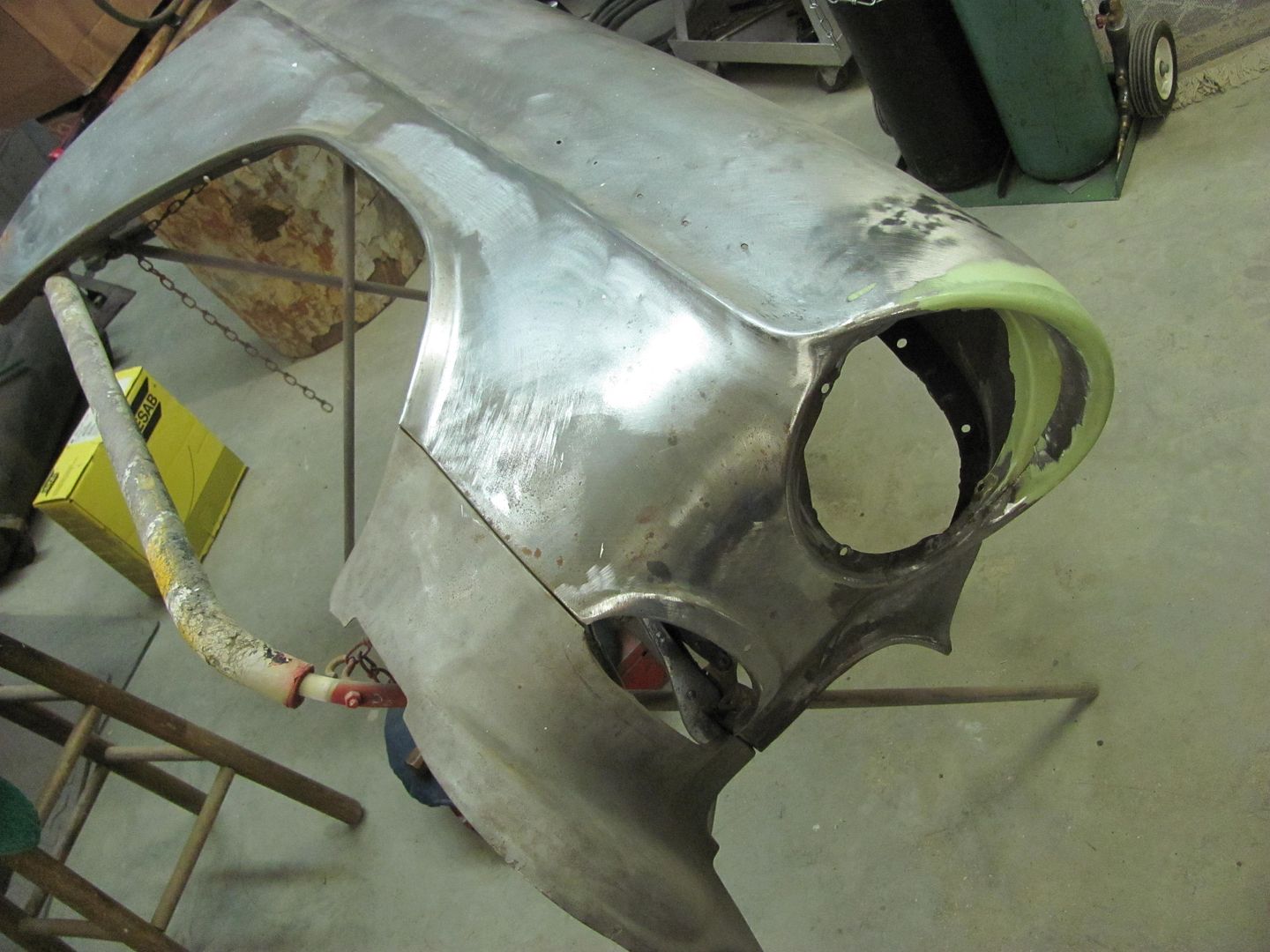
The bolting plates are cut out of the way, and the folded flange is trimmed, leaving a bit of extra to allow for fine tuning the weld joint.
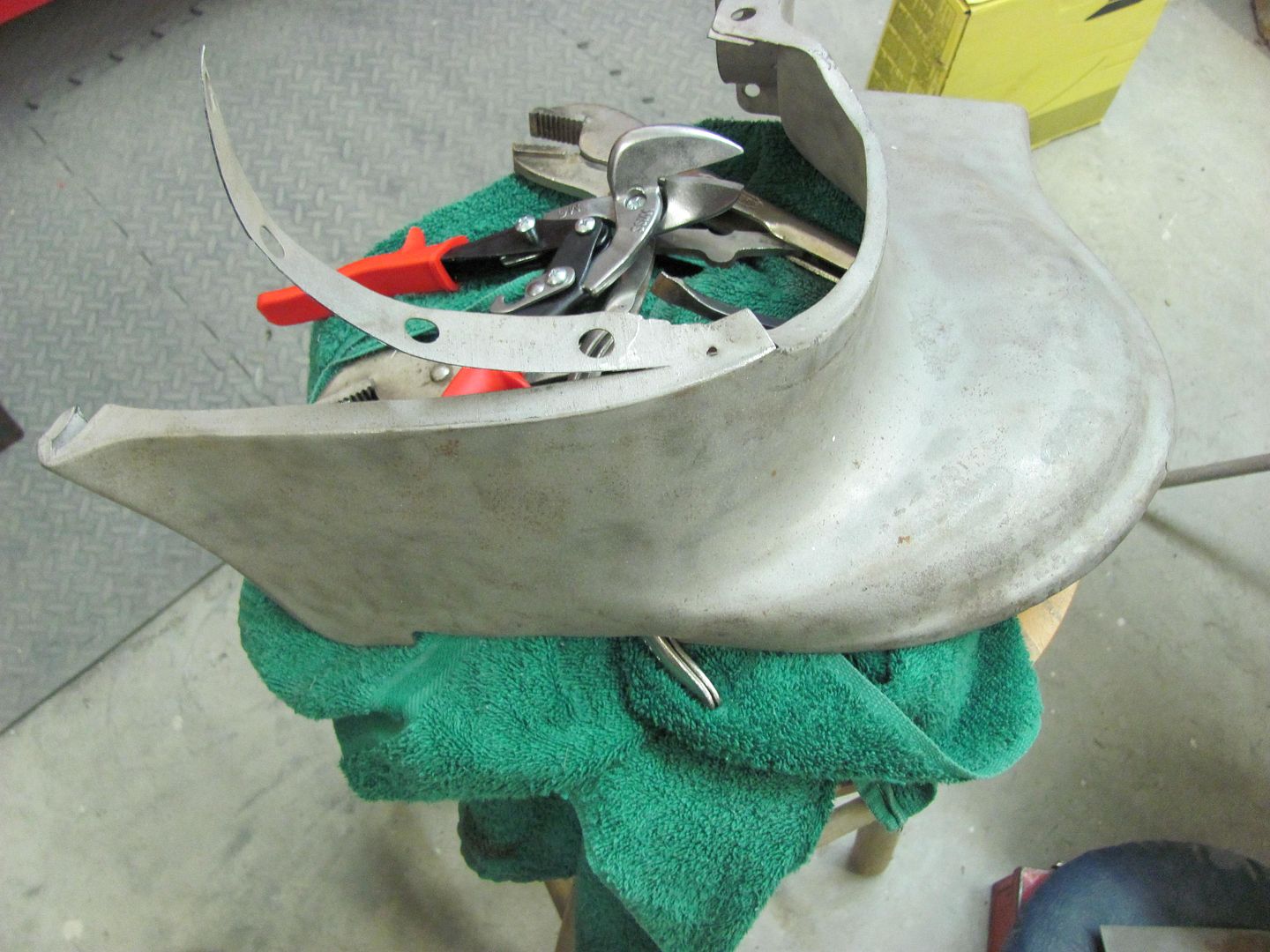
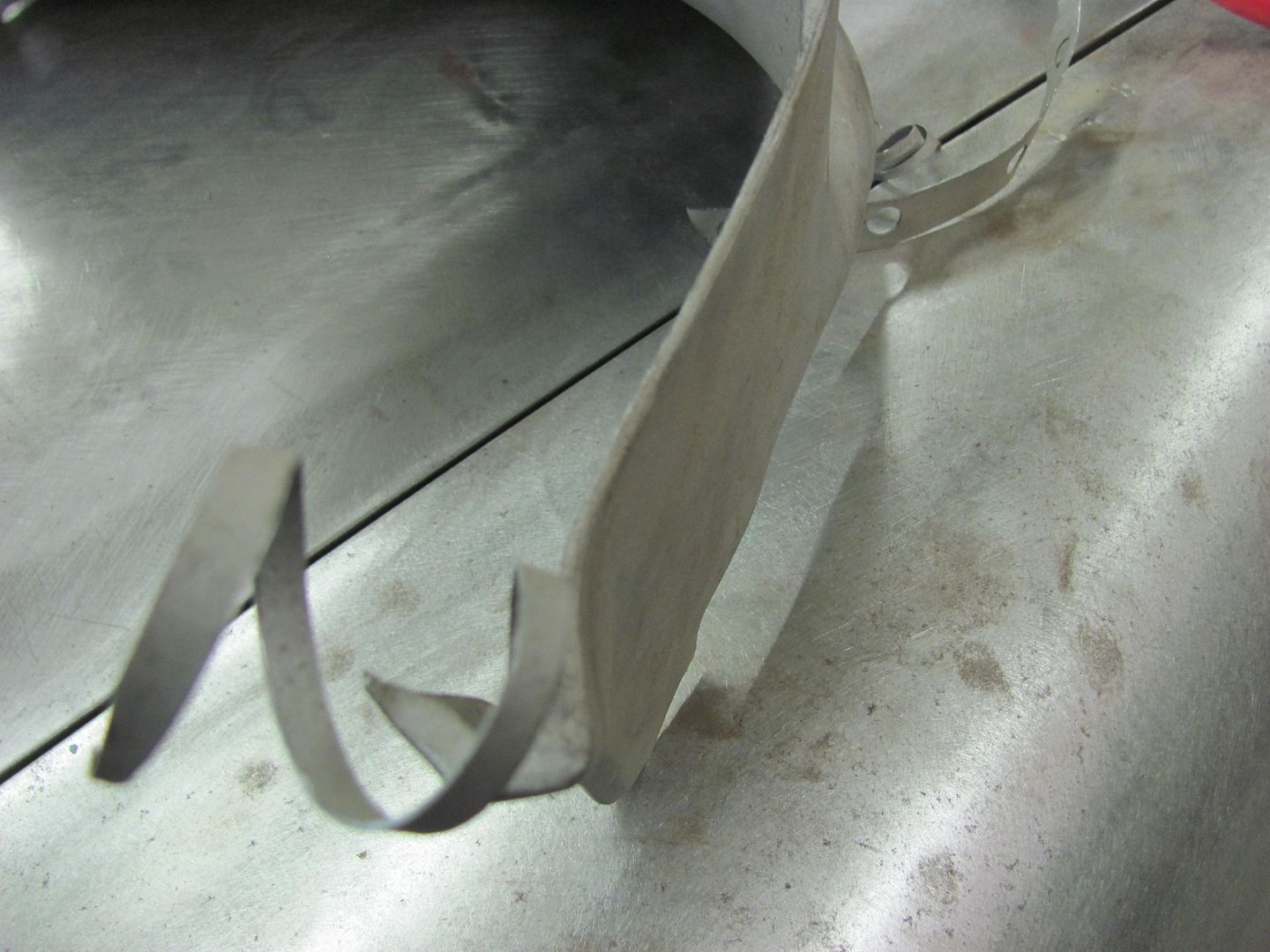

Bottom of the fender is cut loose from the bolting plate using the cutoff wheel. Then sanding the face of the fender leaves a contrast at the bend of the flange for a good guide for trimming with snips....
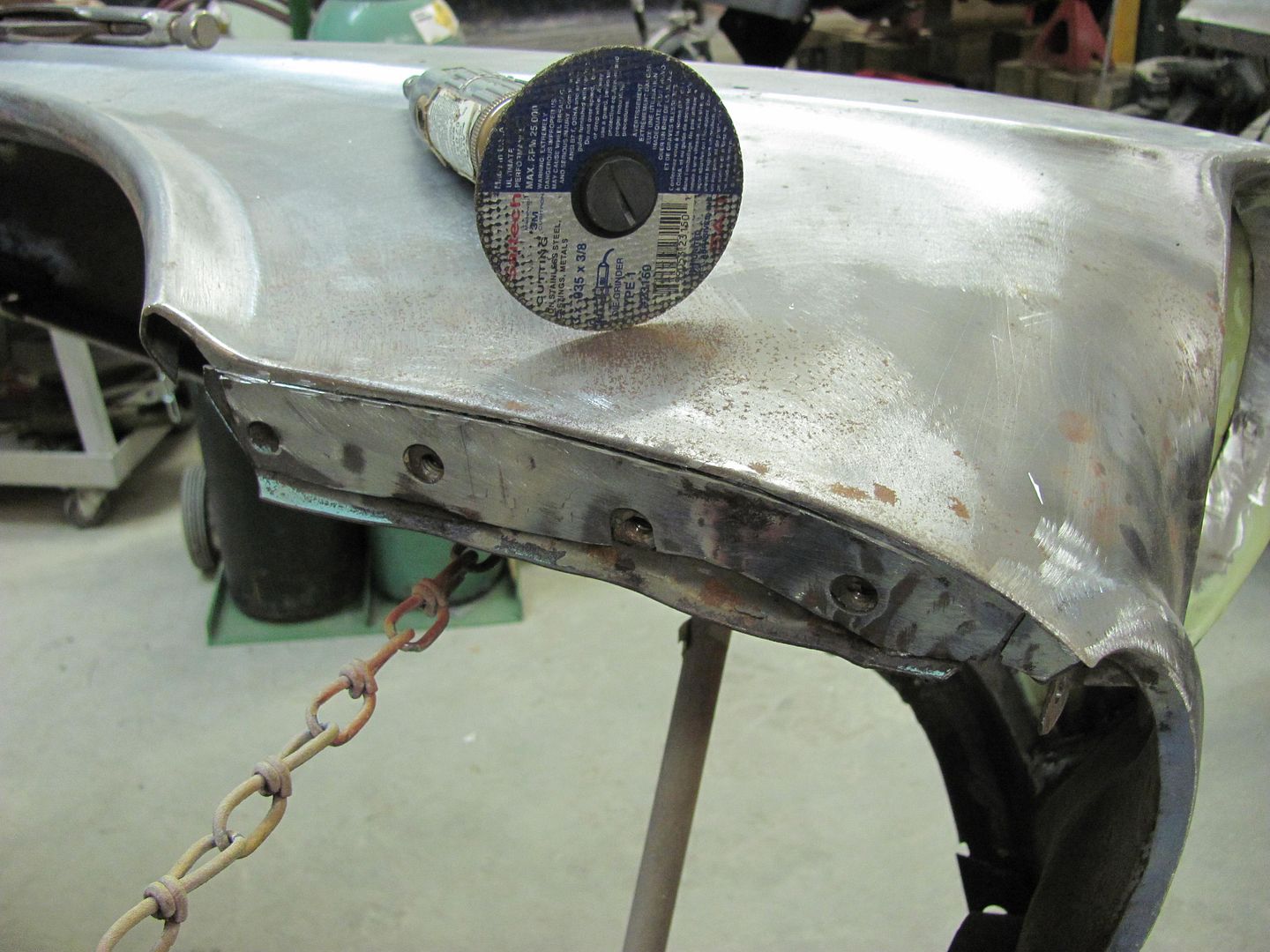
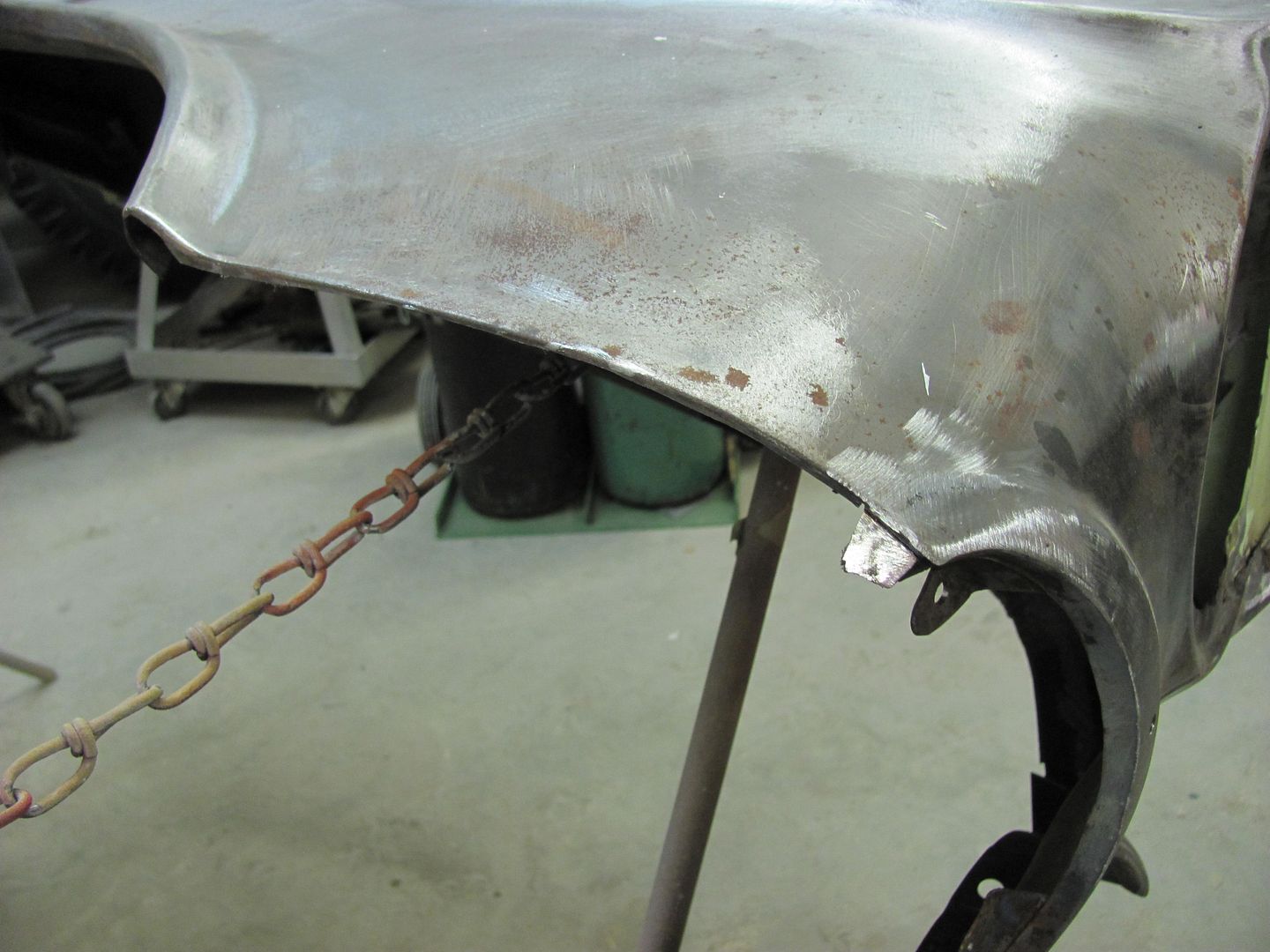
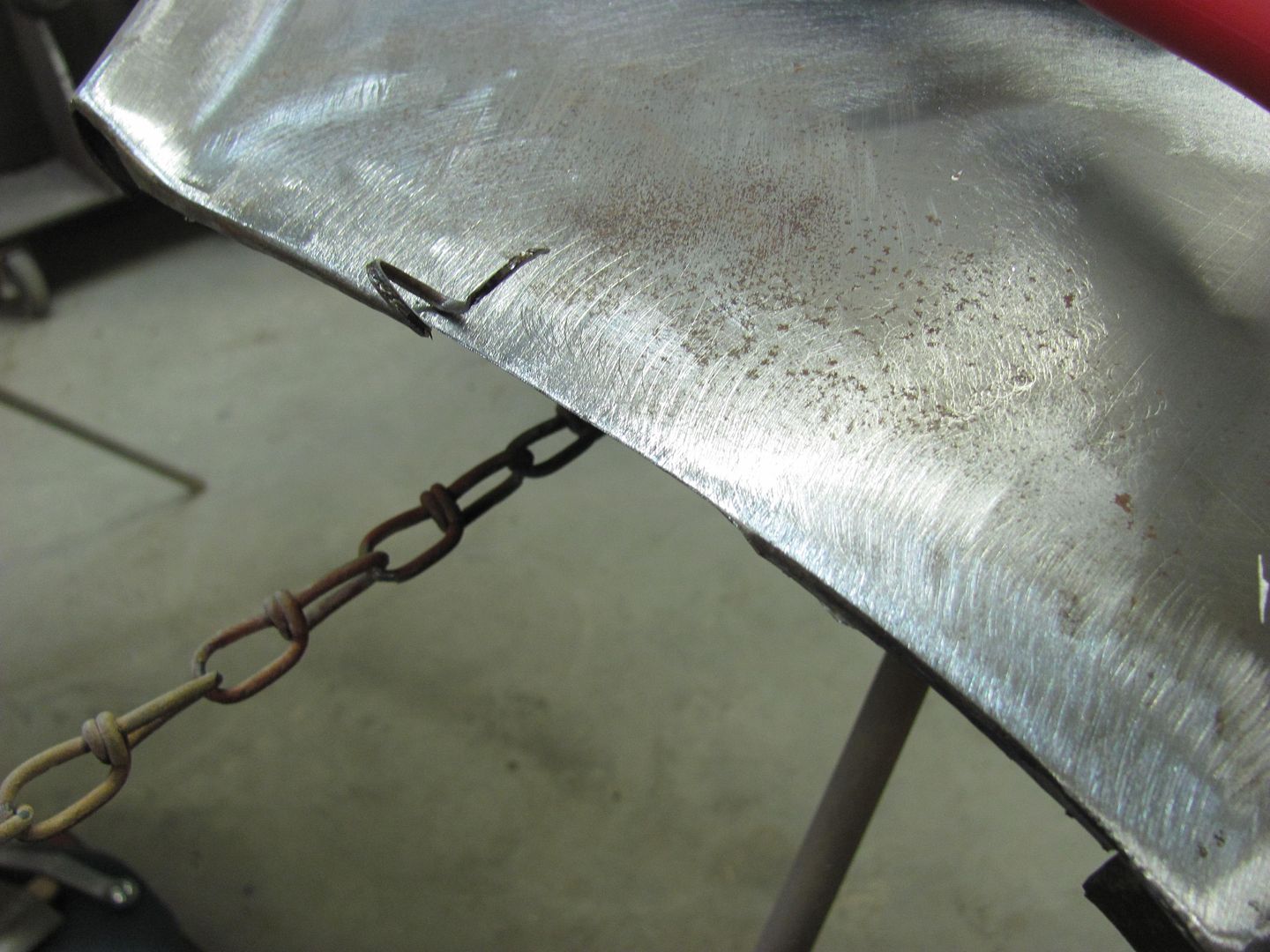
Planishing out the fold to fill the gap....
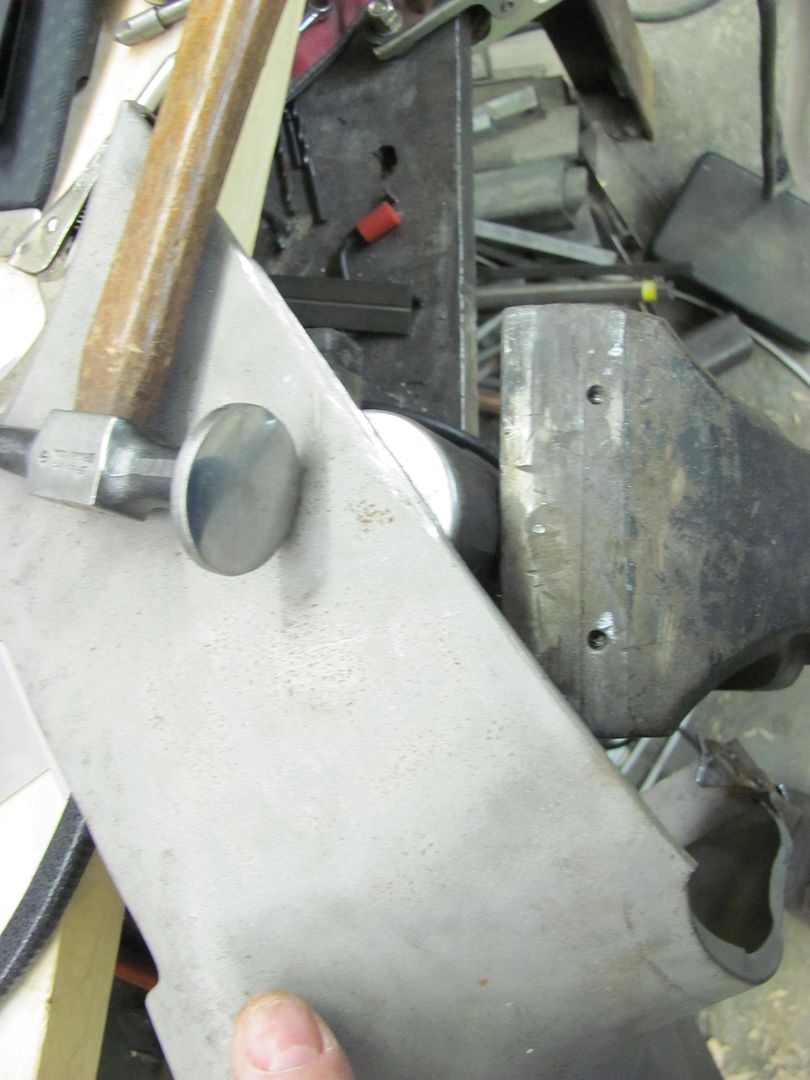
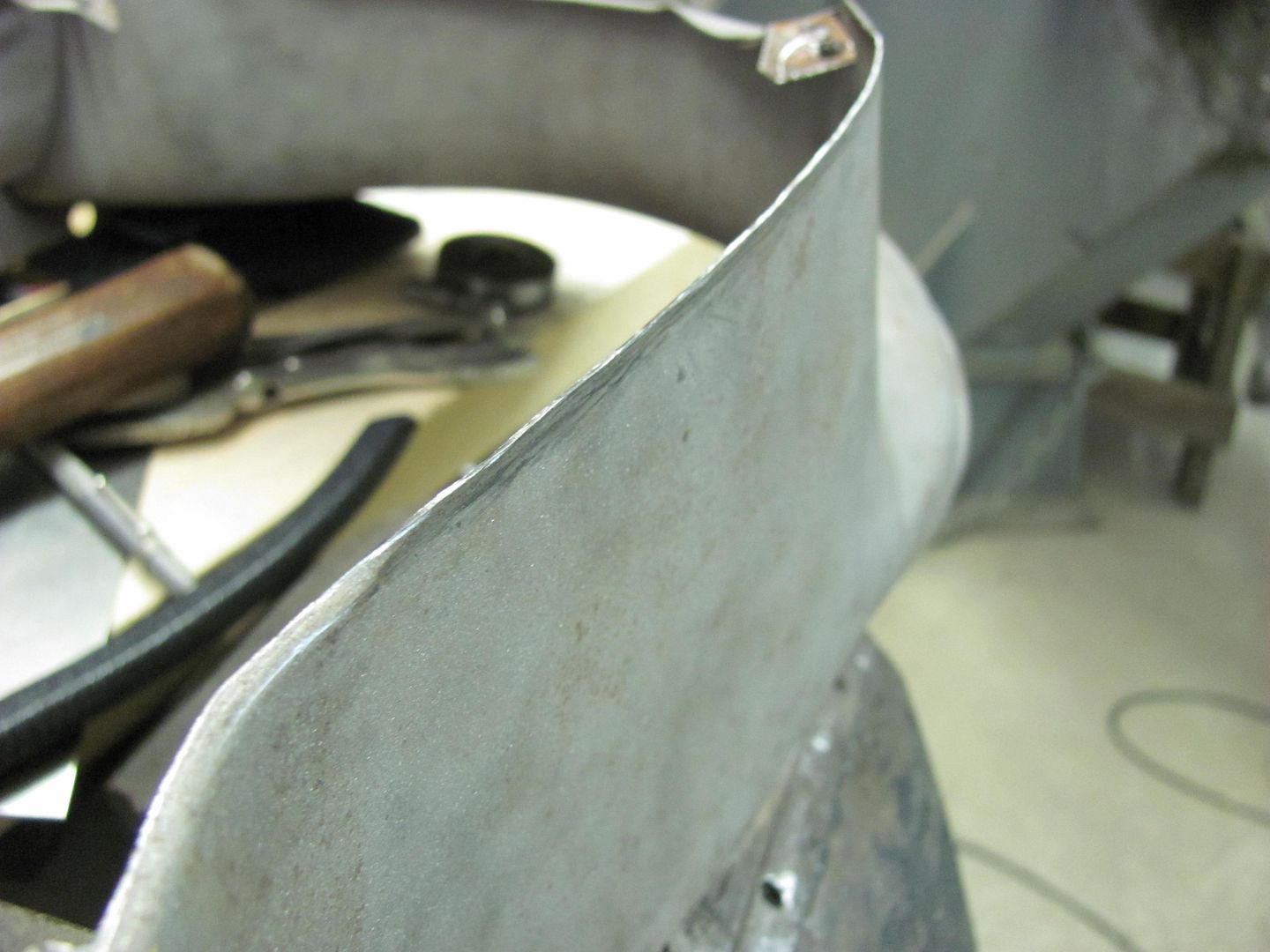
Clamps used to test fit. Still needs some fine tuning for zero gaps, but we'll finish that another day..
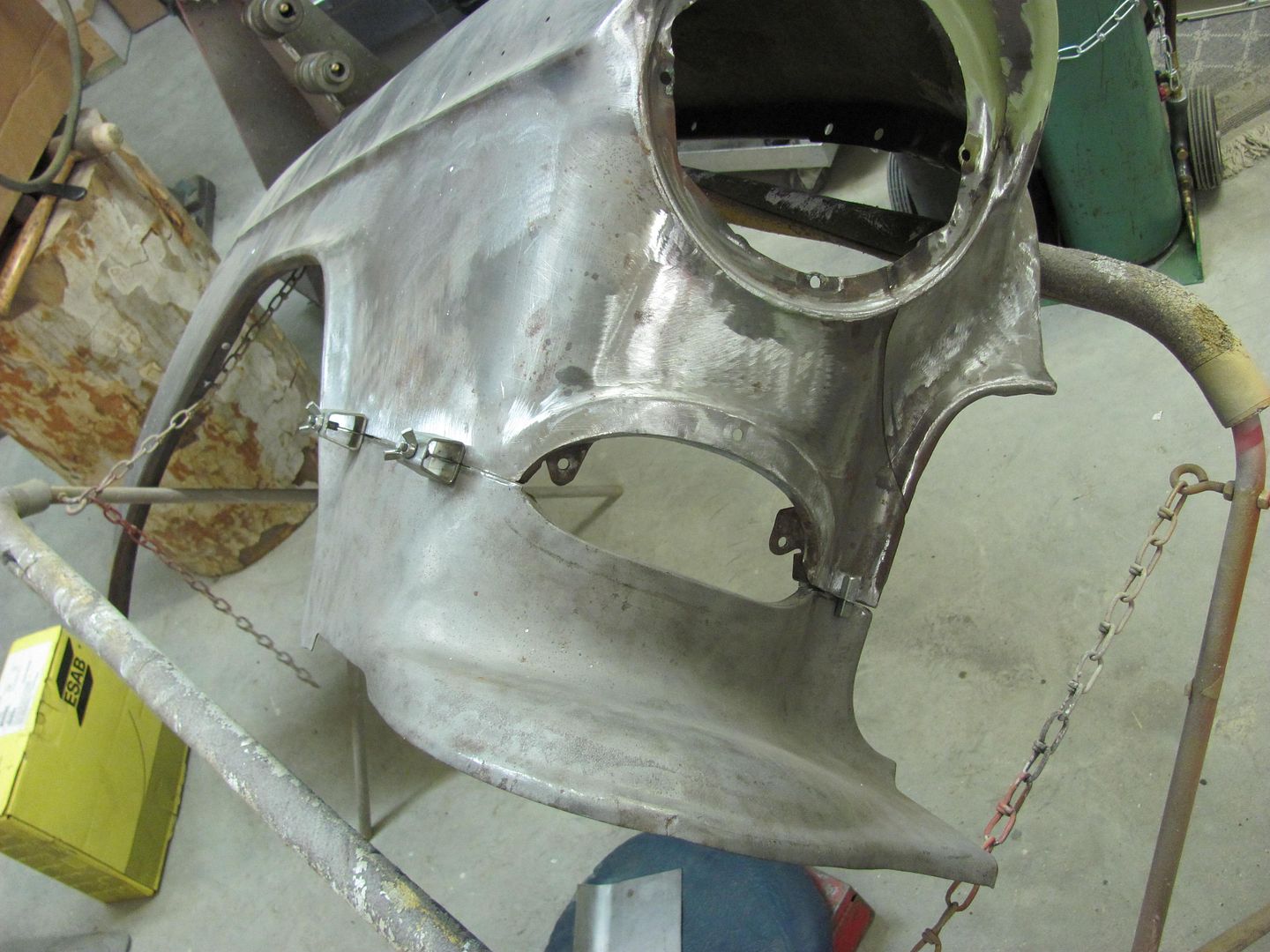
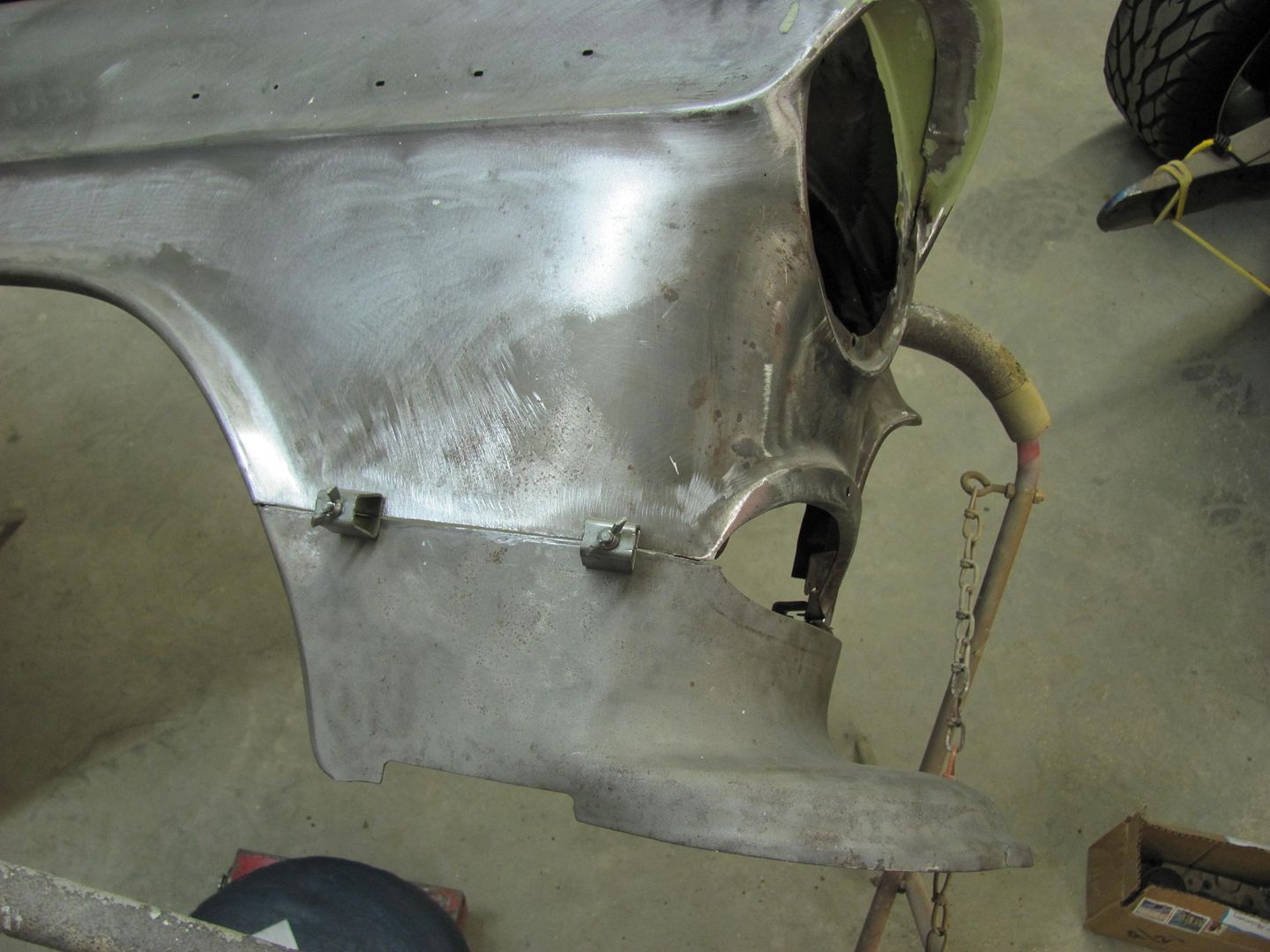

Robert





 3390Likes
3390Likes LinkBack URL
LinkBack URL About LinkBacks
About LinkBacks
 Reply With Quote
Reply With Quote

Thanks for the happy birthday wishes, so far 50 feels a lot like 49 LOL
Happy Birthday 53Chevy5